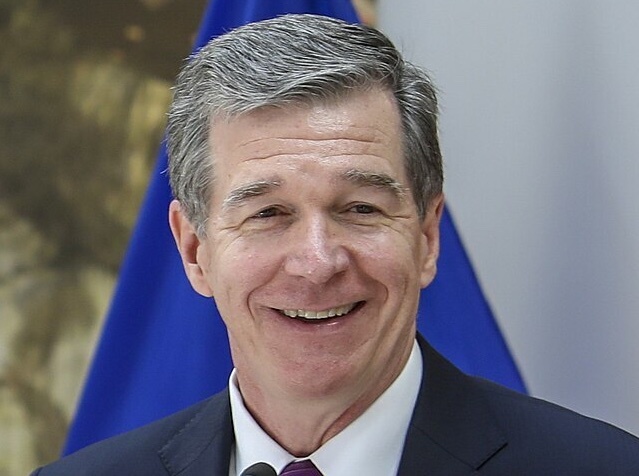Mitch Kokai writes for Carolina Journal’s Daily Journal:
Just one out of every four millennials demonstrates basic financial literacy.
That statistic from a recent legislative news conference helps explain a lot. Support for the Green New Deal? Positive impressions of socialism? Demands for more goodies from government?
All of these ideas might make sense among those with limited command of basic financial principles. The more one knows about such terms as scarcity and trade-offs, the less excitement he’s likely to feel about political promises that carry high costs.
Millennials’ relative ignorance about financial issues helps bolster the case for Senate Bill 134, the Economics and Financial Literacy Act. Filed in February, the bill has cleared the Senate’s main education committee and now sits in the hands of the chamber’s budget writers.
“We’ve got kids that are graduating from high school that don’t know how to balance a checkbook,” said Sen. Jerry Tillman, R-Randolph, a lead sponsor of S.B. 134. “They don’t know how to handle credit.”
“They don’t know how banks work,” Tillman added. “They don’t know how interest works.”
Despite limited preparation, many of these recent high school graduates enter an adult world of work, marriage, and family. That world requires basic financial knowledge. For that reason, Tillman backs teaching financial literacy “as a required course for the first time ever in the history of this state.”
The measure would require the State Board of Education to find the best way to squeeze new financial literacy instruction into the existing N.C. high school course of study.
It should surprise no one that supporters of a financial literacy requirement cite plenty of numbers to bolster their case. Forty percent of Americans today can’t afford an unexpected $400 bill, according to Lt. Gov. Dan Forest, a vocal S.B. 134 supporter. Half of Americans have more credit debt than savings, Forest added. The average N.C. household carries a debt of $8,683.
One in five Americans has saved nothing for retirement. Only 15 percent of them have enough savings to cover one year of retirement. “We have some work to do,” Forest said.
Read more here.

